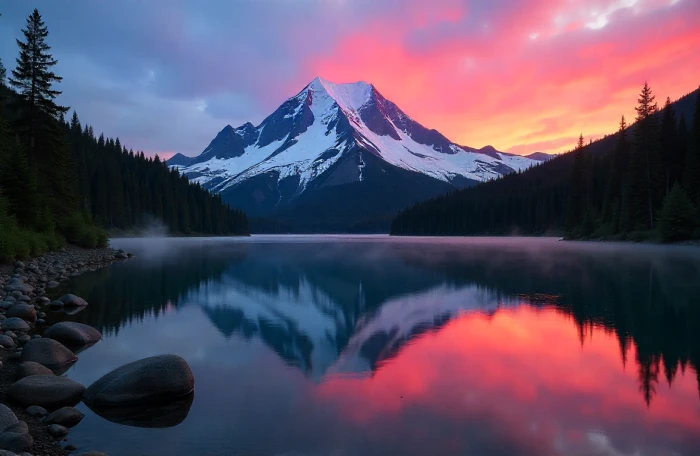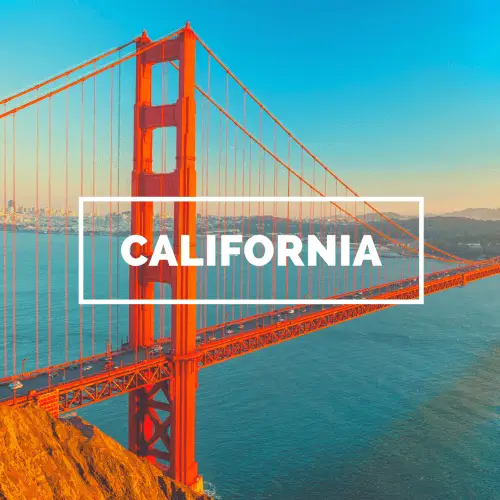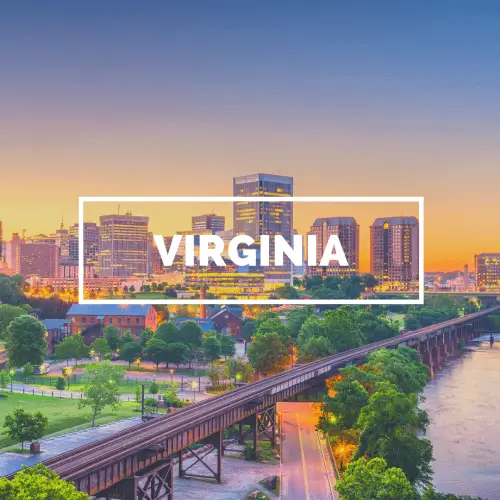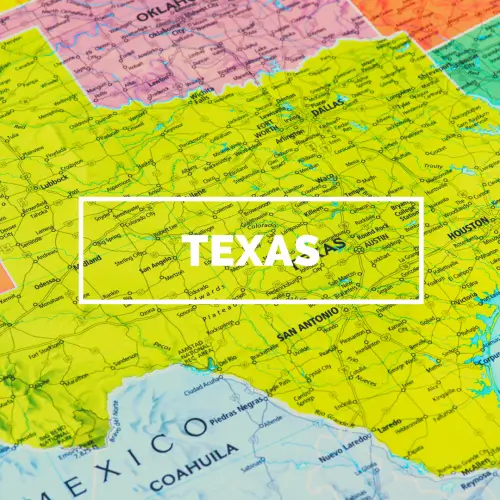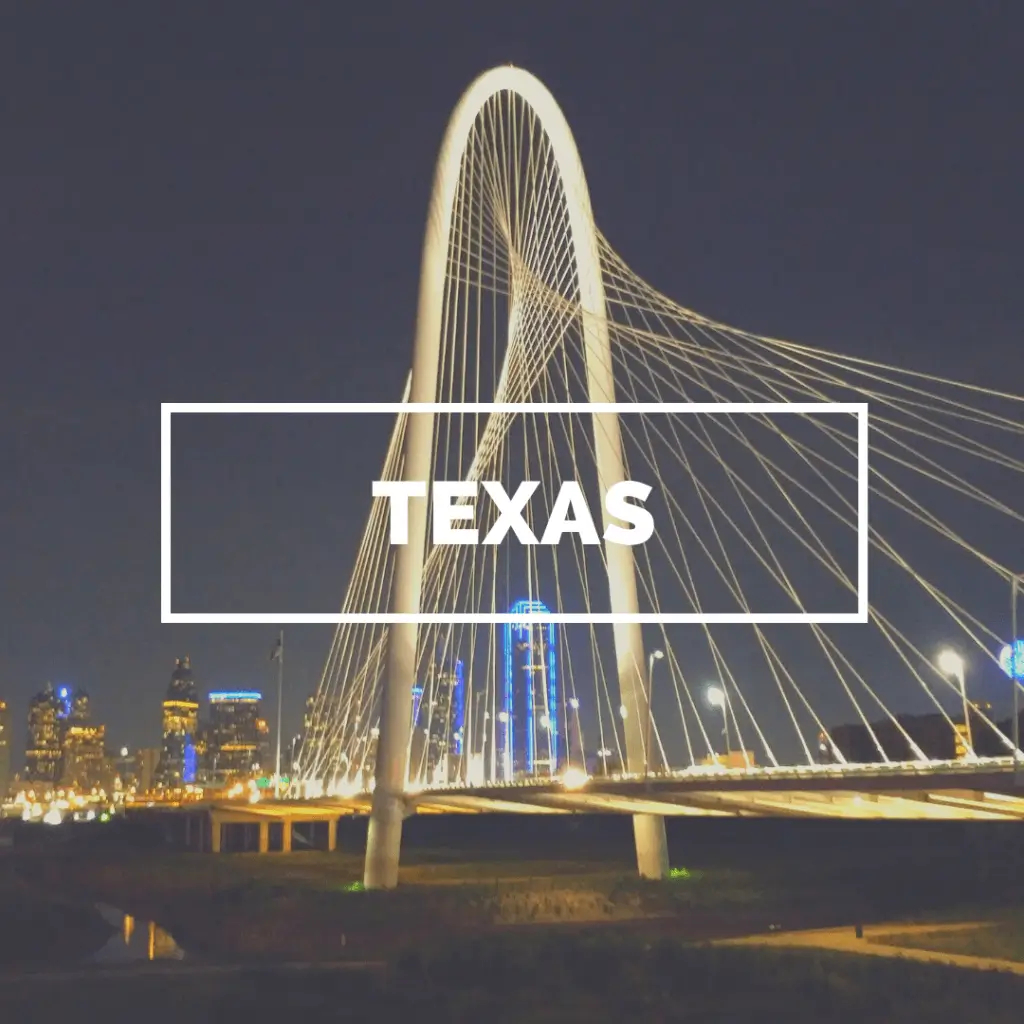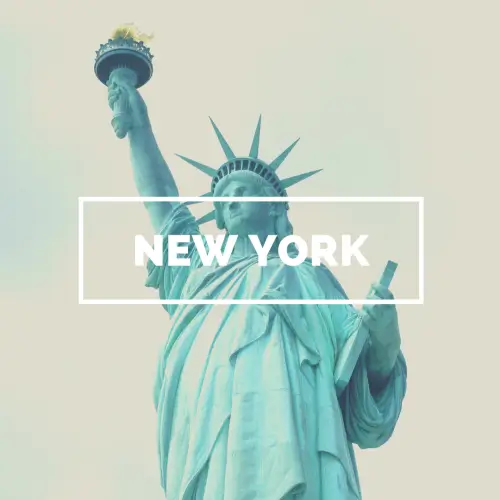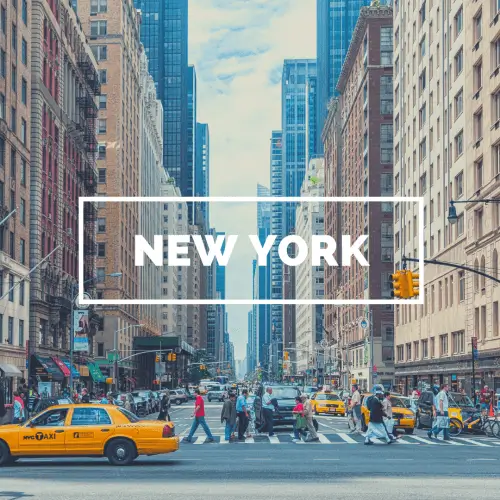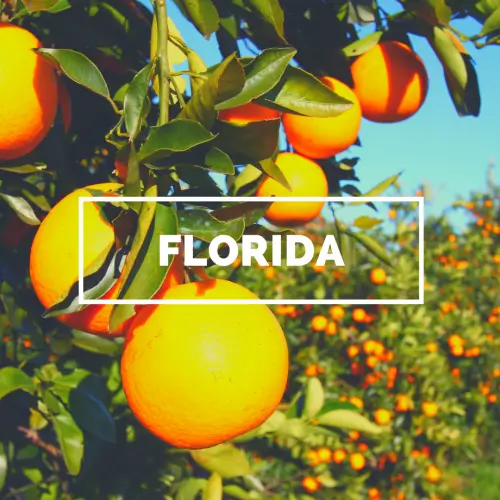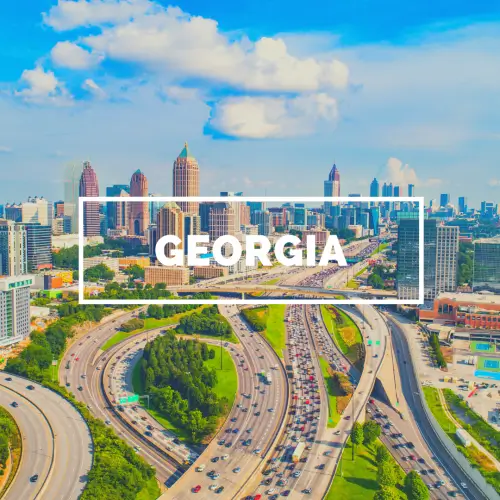Washington is one of the best places in the country to explore a national park in 2025.
Olympic, Mount Rainier, and the North Cascades each give you something different. Rainforest trails, glaciers, mountain lakes, and rugged coastline, all in one state. But here’s the catch: more people are visiting these parks than ever before.
In 2023 alone, Olympic National Park saw over 2.9 million visitors. Mount Rainier had more than 1.6 million. That means without proper planning, you could miss the peaceful moments that make these places special.
Think of your trip like building a plan that fits what you care about most. Some people want wildlife sightings. Others want the best photography spots. You might need accessible trails or quiet paths far from the crowds. A little planning now makes a big difference later.
This guide will show you exactly where to go, what to do, and how to time your visit for the best experience. You’ll learn how to see elk, find sunrise views, and enjoy every moment, whether you're staying for a weekend or a full week.
What You’ll Learn in This Guide
Which national parks in Washington are worth visiting in 2025
Where to see wildlife like elk, bears, and mountain goats
How to avoid big crowds and still get the best photos
Overview
Washington is one of the best places in the country to explore a national park in 2025, offering a variety of landscapes from rainforests to glaciers and coastlines, with the best choice depending on what experience you prioritize, such as wildlife sightings, photography, or quiet trails.
Here's a more detailed breakdown:
Types of National Parks
Olympic National Park: This park offers diverse experiences, including old-growth rainforests, snow-capped ridges, and Pacific coast tidepools, making it ideal for varied exploration.
Mount Rainier National Park: Centered around the tallest peak in the Pacific Northwest, this park is known for its glaciers, alpine meadows, and wildflowers.
North Cascades National Park: As the least visited of the three, this park provides a wild and rugged escape with sharp peaks, deep valleys, and bright blue alpine lakes, suited for those seeking solitude and challenging hikes.
Key Activities and Sights
Wildlife Viewing: Opportunities exist to see Roosevelt elk in Hoh Rainforest, black bears in all three parks, and mountain goats in North Cascades and Mount Rainier's Sunrise area.
Photography Spots: Hurricane Ridge and Second Beach in the Olympic National Park are excellent for sunrise and sunset photography, while Sunrise Point in Mount Rainier offers top mountain views.
Hiking Experiences: Options range from easy, flat loops like the Hall of Mosses in Olympic to rugged, steep trails in North Cascades, and glacier-view hikes like the Skyline Trail in Mount Rainier.
Planning Your Visit
Best Time to Visit: Late spring through early fall generally offers the best conditions, with wildflowers peaking in July and thinner crowds in September for fall colors.
Avoiding Crowds: Visiting on weekdays, early mornings, or exploring less-traveled trails and entrances can help mitigate the heavy summer weekend crowds.
Accessibility: Several trails, such as Hall of Mosses, Hurricane Ridge Visitor Center paths, and Myrtle Falls, offer ADA-accessible options.
Other Notable Aspects
Permits and Rules: Be aware that some trailheads may require timed entry or day-use passes in peak season, and advanced reservations are often needed for camping.
Travel from Seattle: All three parks are relatively accessible from Seattle, with travel times ranging from 2 to 3.5 hours, making them suitable for weekend trips.
Vehicle Transportation: Services like car shipping can be utilized for out-of-state visitors to have their vehicle ready upon arrival, saving time and reducing stress.
Why Washington’s National Parks Stand Out
Parks in the Evergreen State give you a rare variety in one place. You can hike through rainforests, explore alpine trails near glaciers, and walk along rocky beaches. Olympic, Mount Rainier, and the North Cascades each offer a different experience. Some are better for photos, some for quiet hikes, and some for wildlife sightings.
They’re also easy to reach from Seattle, which makes short trips possible. But these parks attract millions of visitors each year. If you want to see more and spend less time in traffic or crowded trailheads, a little planning makes all the difference.
Olympic National Park: Rainforest, Coastline, and Mountains in One
Olympic National Park is one of the most diverse parks in the country. You can walk through old-growth rainforests, hike along snow-capped ridges, and explore tidepools on the Pacific coast, all without leaving the park.
Start your visit in the Hoh Rainforest. The Hall of Mosses is a short, flat loop that’s easy to access and gives you a full view of moss-covered trees and quiet fern-lined trails.
Head up to Hurricane Ridge for wide mountain views. This area is a favorite for:
Sunrise and sunset photography
Deer and marmot sightings
Short and moderate hikes with scenic overlooks
Down by the coast, you’ll find a completely different landscape. Rialto Beach and Second Beach offer:
Rocky shorelines with crashing waves
Sea stacks rising from the ocean
Tidepools filled with starfish and sea anemones
Wildlife is active throughout the park. You might spot:
Roosevelt elk in the rainforest
Black bears at a distance in higher elevations
Bald eagles along the shoreline
The best time to visit is late spring through early fall. Crowds peak on weekends, especially around Hurricane Ridge. For a quieter experience, aim for a weekday morning.
Camping in the Olympic National Park is popular, but many sites fill fast. Reserve in advance if you want a spot in the main campgrounds. For more privacy, try smaller sites near the rainforest or along the coast.
Mount Rainier National Park: Glaciers and Alpine Wonders
Mount Rainier National Park centers around the most iconic mountain in the state. At 14,410 feet, Mount Rainier is the tallest peak in the Pacific Northwest. It’s also an active volcano and the most glaciated peak in the lower 48.
The park’s main attractions are the Paradise and Sunrise areas. These spots give you access to wildflower meadows, glacier views, and some of the best hikes in Washington.
Highlights:
Skyline Trail: A popular loop with close views of glaciers and waterfalls
Myrtle Falls: A short walk from the visitor center with a clear view of the mountain
Summer wildflowers: Peak bloom happens mid-July to early August
Sunrise area highlights:
The highest point accessible by car in the park
Sunrise Point: One of the best places for sunrise photography
Trails with common sightings of mountain goats and marmots
Keep in mind:
Sunrise Road opens seasonally, usually by early July
Paradise is open year-round but busiest in summer
Early arrival helps you avoid full parking lots and crowds
Mount Rainier also offers backcountry camping, day hikes, and ranger-led programs. You’ll find wildlife throughout the park, including black bears, deer, and mountain goats. Always stay a safe distance and follow posted guidelines.
Entrances like Nisqually and White River get heavy traffic during peak months. Try to arrive early in the morning or visit on weekdays to avoid delays.
North Cascades National Park: The Wild and Rugged Escape
North Cascades National Park is the least visited of the three major parks in Washington, but it offers some of the most dramatic scenery. Sharp peaks, deep valleys, and bright blue alpine lakes make this park feel remote, even though it’s only about two hours from Seattle.
This park is best for people who want more quiet and more challenge. You won’t find large visitor centers or paved loops here. What you get instead is a chance to hike, camp, and explore in real wilderness.
Highlights:
Diablo Lake: Known for its turquoise water and scenic viewpoints
Ross Lake: Popular with paddlers and backpackers
Cascade Pass: One of the best day hikes for big views with wildlife sightings
Most trails here are steep and rugged. You’ll want to bring proper gear and check weather conditions before heading out.
Wildlife is easier to spot in this park due to lower foot traffic. Common sightings include:
Mountain goats on high ridges
Bald eagles near lakes and rivers
Black bears in forested areas (from a distance)
The park has limited services inside its boundaries. Stehekin, a remote area only reachable by boat or on foot, offers a few basic lodges and trail access.
Because the North Cascades are more remote, they don’t draw the same summer crowds. That makes them a good option if you want space, quiet, and fewer interruptions.
Practical Tips for 2025 Visitors
Planning ahead will help you get more out of your visit to Washington’s national parks. These tips can help you avoid long lines, stay safe, and have a better experience on the trails.
When to Go:
Visit on weekdays or early mornings to avoid crowds.
Summer weekends are the busiest across all three parks.
Wildflowers peak in July at Mount Rainier and Hurricane Ridge.
Fall colors and smaller crowds make September a smart choice.
Wildlife Watching:
Elk are commonly seen in the Hoh Rainforest and at lower elevations.
Black bears are spotted in all three parks, making it crucial to keep a safe distance and store food properly.
Mountain goats often appear on exposed ridges in the North Cascades and Mount Rainier’s Sunrise area.
Accessibility Tips:
Hall of Mosses (Olympic) and Myrtle Falls (Rainier) offer flat, paved trails.
Hurricane Ridge Visitor Center has ADA-accessible paths with great views.
Call ahead or check park websites for updates on trail conditions and shuttles.
Permits and Rules for 2025:
Some trailheads now require timed entry or day-use passes in peak season.
Camping spots, especially at Rainier and Olympic, often require advanced reservations.
Always check current fire rules, trail closures, and weather alerts before your trip.
A little planning can make the difference between a crowded afternoon and a quiet, memorable hike. If you’re visiting more than one park, space out your stops to give yourself time to rest and adjust to changing terrain.
Getting There: Routes from Seattle and Transportation Tips
One reason these parks are so popular is because they’re close to Seattle. This makes it possible to visit on a long weekend or include them in a longer trip through the Pacific Northwest.
Travel times from Seattle:
Olympic National Park: About 2.5 to 3.5 hours (includes ferry or highway drive)
Mount Rainier National Park: About 2 to 2.5 hours via WA-7 or WA-167
North Cascades National Park: About 2.5 hours via I-5 and WA-20
Driving Tips:
Leave early to avoid traffic, especially on summer weekends.
Fuel up before entering the parks as some areas have limited gas stations.
Use park maps or download offline navigation, as cell service can be weak.
If you’re traveling from out of state, shipping your vehicle may save time and reduce stress. Instead of renting a car or driving long distances, you can arrange to have your vehicle shipped so it’s ready upon arrival.
AmeriFreight offers car shipping to and from Washington, including options for delivery near Seattle and Tacoma.
Final Thoughts
Washington’s national parks give you the chance to experience rainforests, glaciers, and rugged coastlines all in one trip. With a little planning, like starting early, picking quieter trails, or shipping your car ahead, you can skip the crowds and enjoy the moments that matter. Whether it’s spotting elk in the Hoh Rainforest or watching the sun rise over Mount Rainier, these parks make it easy to connect with nature and create memories worth keeping.
Plan Ahead with AAmeriFreight Auto Transport
AmeriFreight is a trusted auto transport broker that connects you with reliable carriers across the country. If you're heading to Washington and want your vehicle ready when you arrive, they can help coordinate the shipping. Get a free quote and explore flexible options that fit your schedule and budget.
Frequently Asked Questions (FAQs)
Where can I see bears and elk in Washington's national parks?
You’re most likely to see elk in the Hoh Rainforest and black bears in Mount Rainier and the North Cascades.
How can I avoid crowds at popular parks?
Visit early in the day, go on weekdays, and choose less-traveled trails or entrances.
What are the best spots for sunrise photography in Olympic National Park?
Hurricane Ridge and Second Beach are two of the best places to catch sunrise views.
Are there accessible trails in these national parks?
Yes, trails like Hall of Mosses, Hurricane Ridge Visitor Center paths, and Myrtle Falls offer wheelchair access.


